Never-before-seen Barbara Hepworth works go on show in landmark exhibition
In ‘Barbara Hepworth: Strings’, various Hepworth sculptures will be exhibited in public for the first time, at Piano Nobile, London
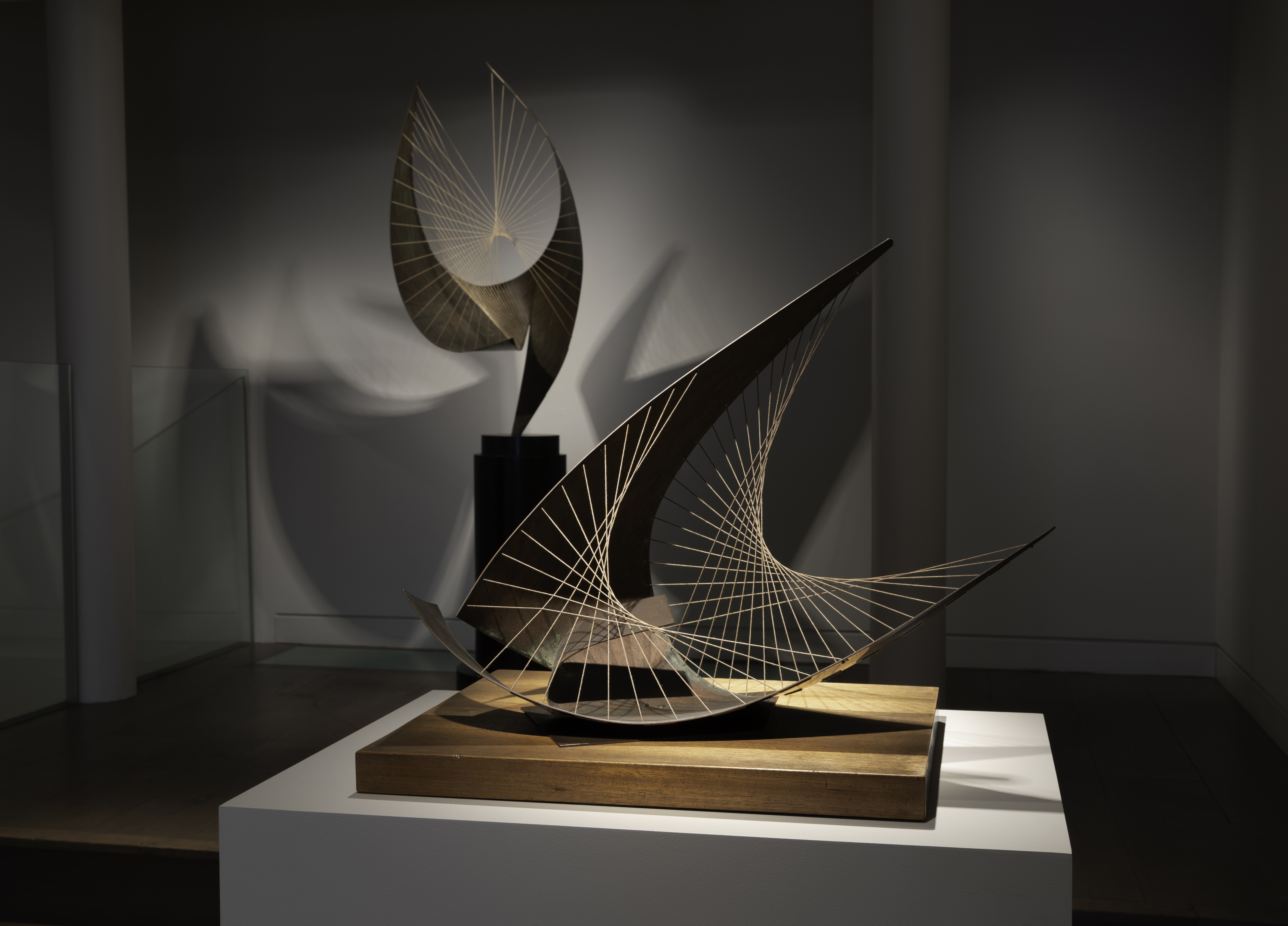
A new exhibition at London gallery Piano Nobile will feature works by English artist and sculptor Barbara Hepworth that have, up until now, only been viewed as part of private collections. Barbara Hepworth: Strings coincides with the fiftieth anniversary of the artist’s death.
The presentation will focus on Hepworth’s use of string. Even if you haven’t heard of the artist, you may have seen her ‘string’ work in the form of the sculpture mounted on the side of John Lewis in Oxford Street: featuring huge aluminium rods, Winged Figure has been displayed in London since 1963.
This is one of dozens of string sculptures that Hepworth created during her five-decade career, which range from large to small, rendered in materials including plaster, wood, metal, bronze and stone. She would also use string-like motifs in her paintings and drawings. Barbara Hepworth: Strings is the first exhibition dedicated to this aspect of Hepworth’s oeuvre.
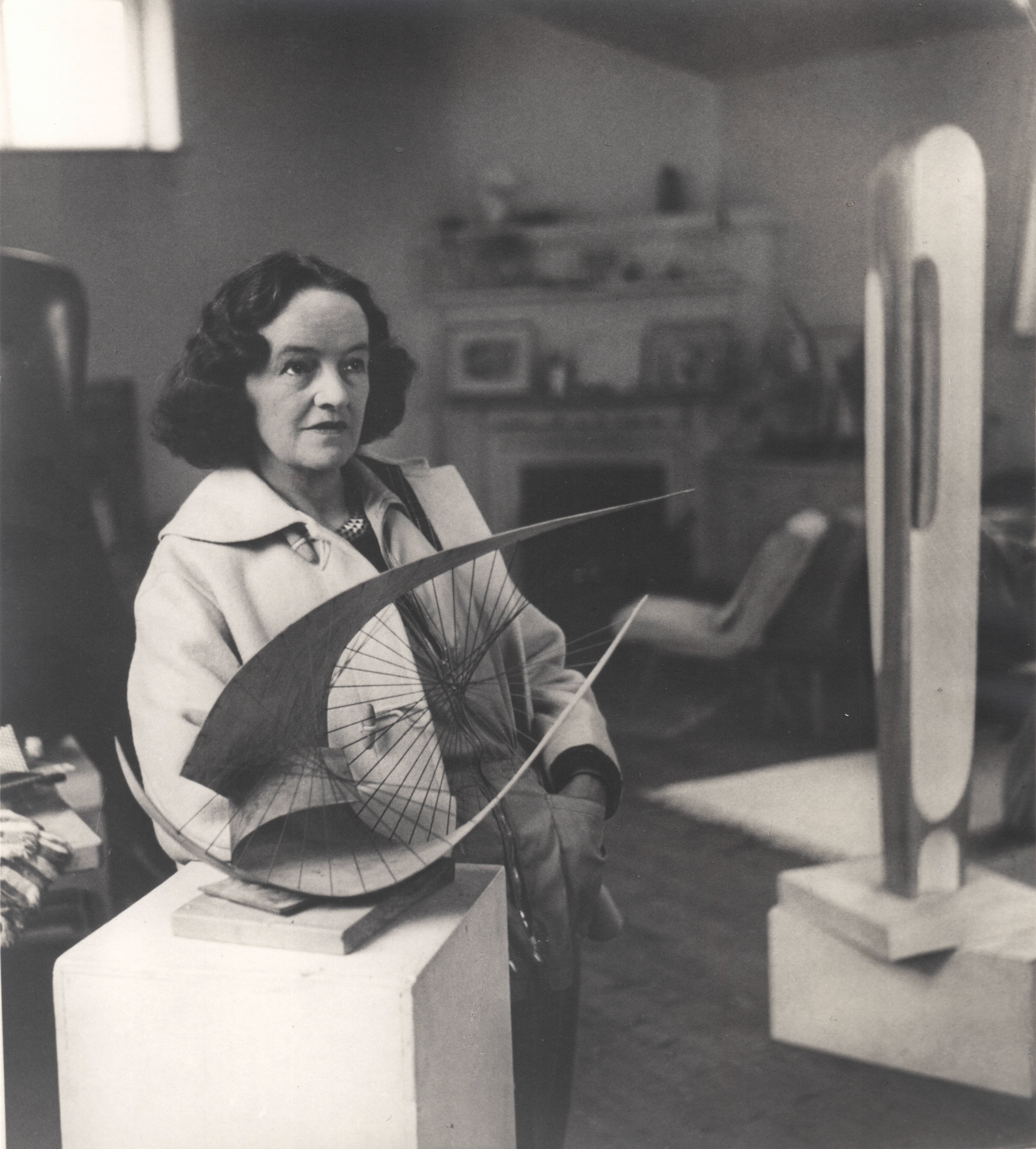
Barbara Hepwroth at Trewyn Studio, 1958
The exhibition features works that span three decades, including rarely-exhibited stringed sculptures from a tiny ‘hand sculpture’, as Hepworth called her smaller works, to the vast Winged Figure I, which is coming to London for the first time in a generation.
Barbara Hepworth: Strings will delve into the stories surrounding Hepworth’s sculptures. For example, Theme on Electronics (Orpheus), inspired by the mythological bard playing his lyre, was a 1956 commission from electronics company Mullard for its head office. It was placed on a motorised pedestal which, somewhat embarrassingly for an electronics company, didn’t work. This bothered Hepworth so much that she sent a series of letters to Mullard, one of which stated: ‘During the last decade, I have often been very dismayed to find that either the work was not moving around, or, if it did, it jerked’. She later proposed that Theme on Electronics should ‘stand quite still so there is no more fuss about its electronics motor’.
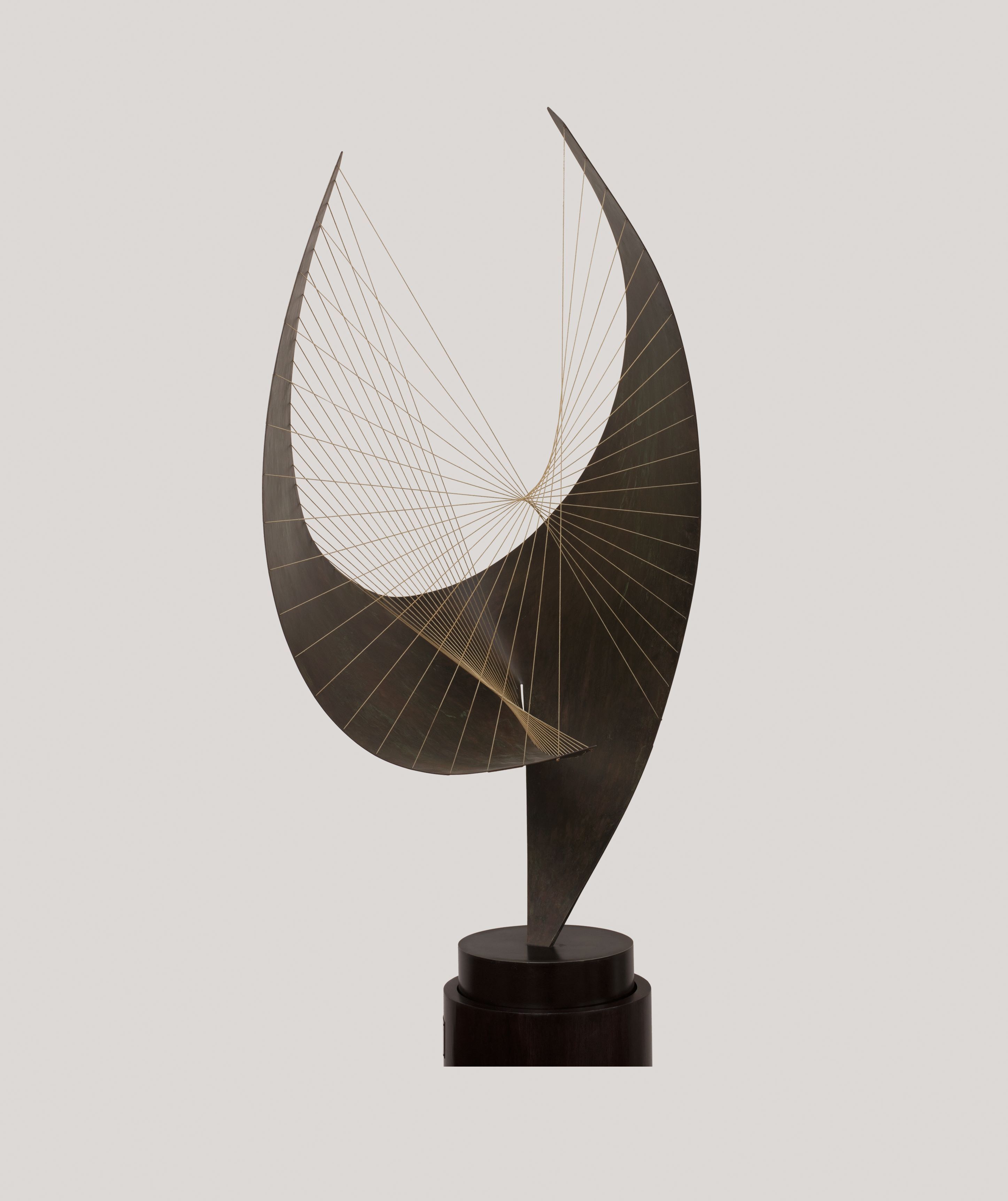
Barbara Hepworth, Theme on electronics (Orpheus), 1956
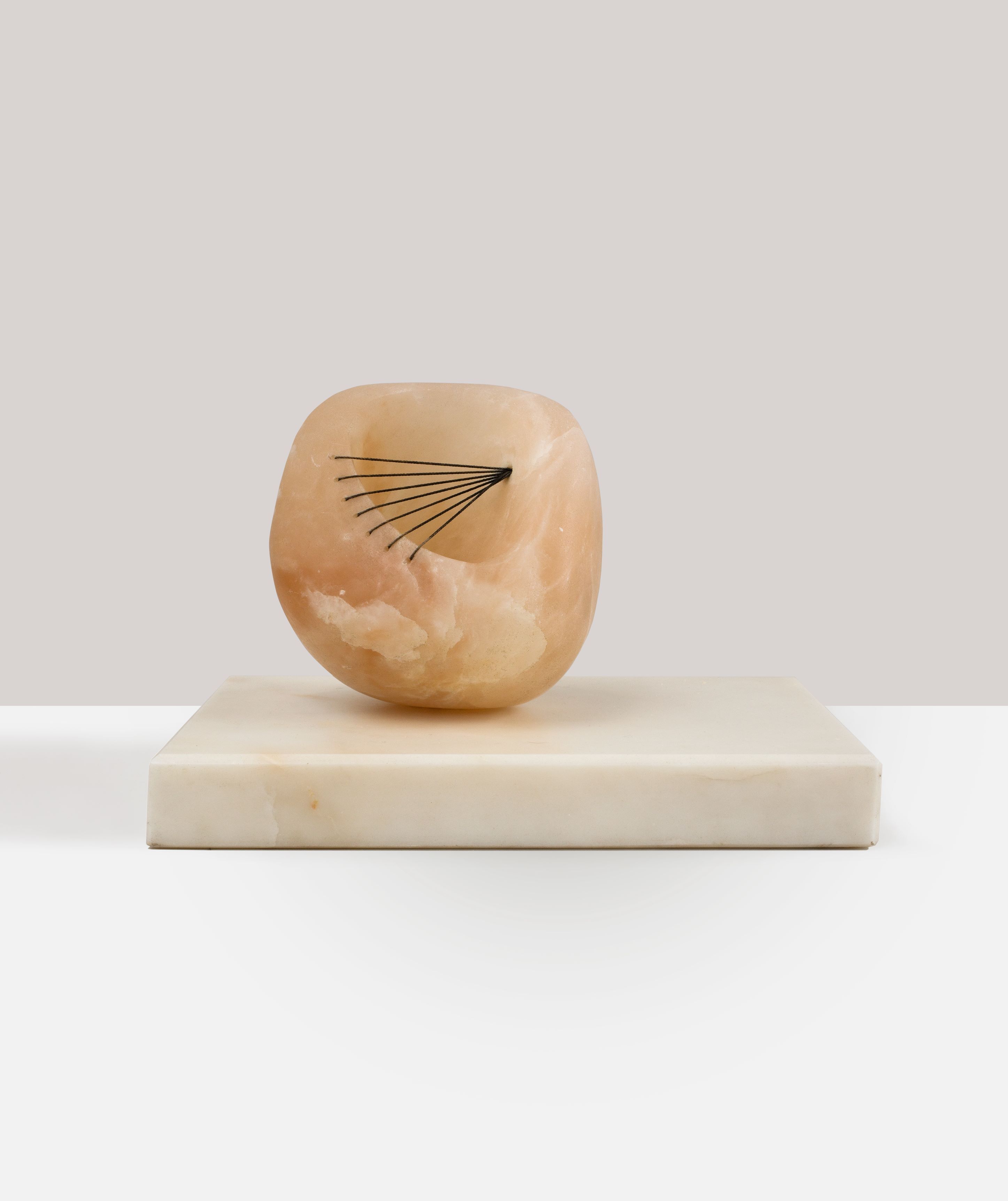
Barbara Hepworth, Small stone with black strings, 1952
When Mullard closed down in the late 1970s, the sculpture transferred to Phillips, which had absorbed the smaller company. It was bought in the 2000s by a private individual, who is now loaning the work to Piano Nobile to be displayed for the first time.
Also being exhibited for the first time: the aforementioned Winged Figure I, a brass work with twine strings from 1957. David Hitchcock, an art student at St Martin’s Teacher Training College in Lancaster, wrote to Hepworth to say that his ‘college would be honoured to have a piece of [her] work on [its] new campus’. However, he only had £250, which was not enough to purchase Winged Figure I. Hitchcock eventually raised £1,000 (the work is now estimated to be worth six figures), which Hepworth agreed to. The sculpture soon had to be returned to the artist’s studio to be ‘re-stringed’, however, as it had been placed outside; it was kept inside thereafter at Hepworth’s insistence.
Wallpaper* Newsletter
Receive our daily digest of inspiration, escapism and design stories from around the world direct to your inbox.
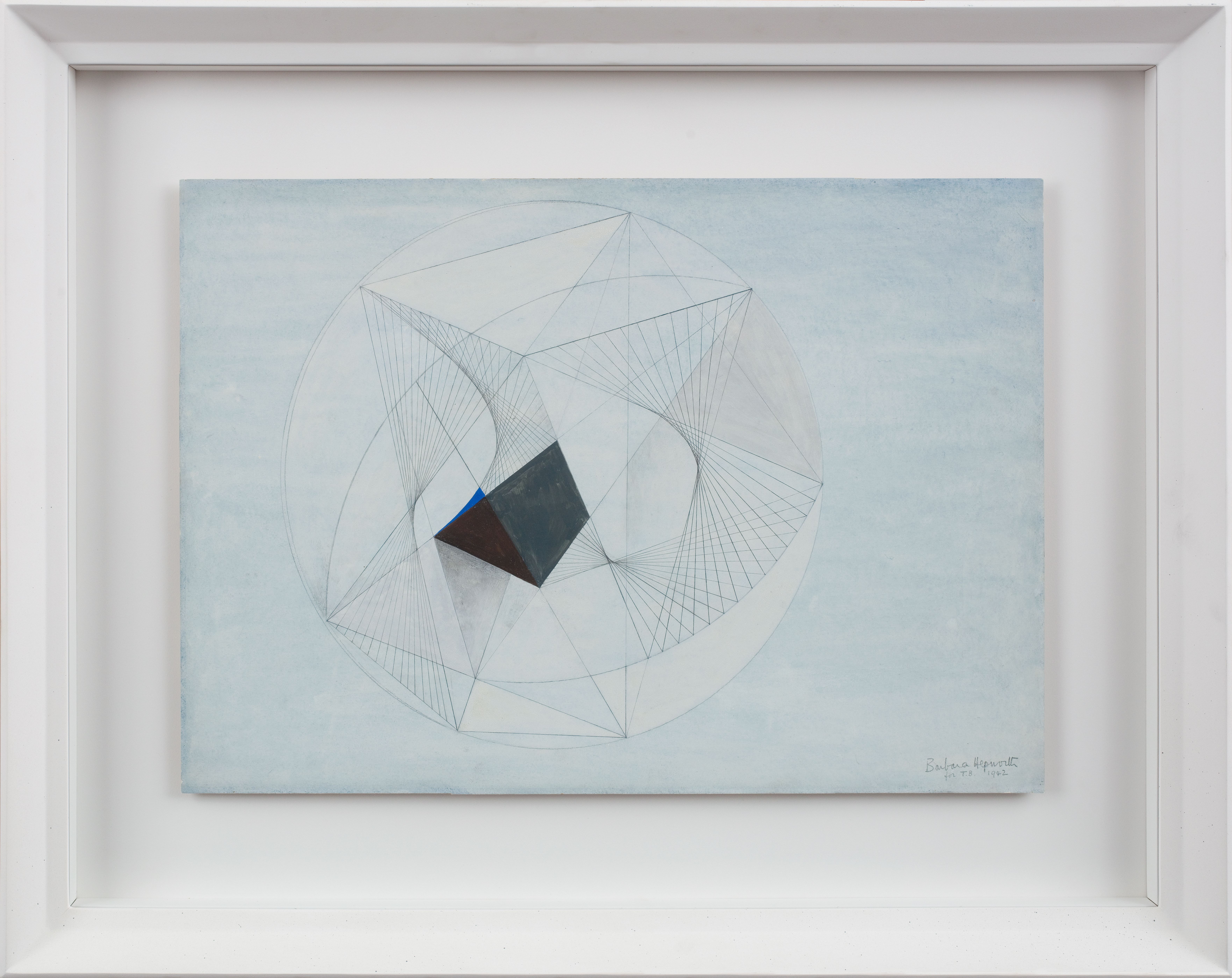
Barbara Hepworth, Forms in movement (circle), 1942
It may not have been the most durable of materials, but Hepworth favoured this fisherman’s twine above all else, and regularly went to the harbour in her native St Ives to buy it. The interplay between this humble, domestic material and some of her loftier interests is one of the major draws of her work: she was fascinated by space exploration – Pierced Hemisphere (Telstar), for example, whose appearance at Piano Nobile will be its debut in the UK, was inspired by the 1960s tracking satellite.
Hepworth is arguably one of the most influential British artists of the 20th century. She led the charge of modern art, reflecting her passionate interest in technological and political change. Her sometimes abstract, sometimes figurative work expanded the possibilities for sculpture and other mediums; this exhibition represents a rare opportunity to see it in public.
‘Barbara Hepworth: Strings’ at Piano Nobile, London, February – 2 May 2025, piano-nobile.com
Anna Solomon is Wallpaper*’s Digital Staff Writer, working across all of Wallpaper.com’s core pillars, with special interests in interiors and fashion. Before joining the team in 2025, she was Senior Editor at Luxury London Magazine and Luxurylondon.co.uk, where she wrote about all things lifestyle and interviewed tastemakers such as Jimmy Choo, Michael Kors, Priya Ahluwalia, Zandra Rhodes and Ellen von Unwerth.
-
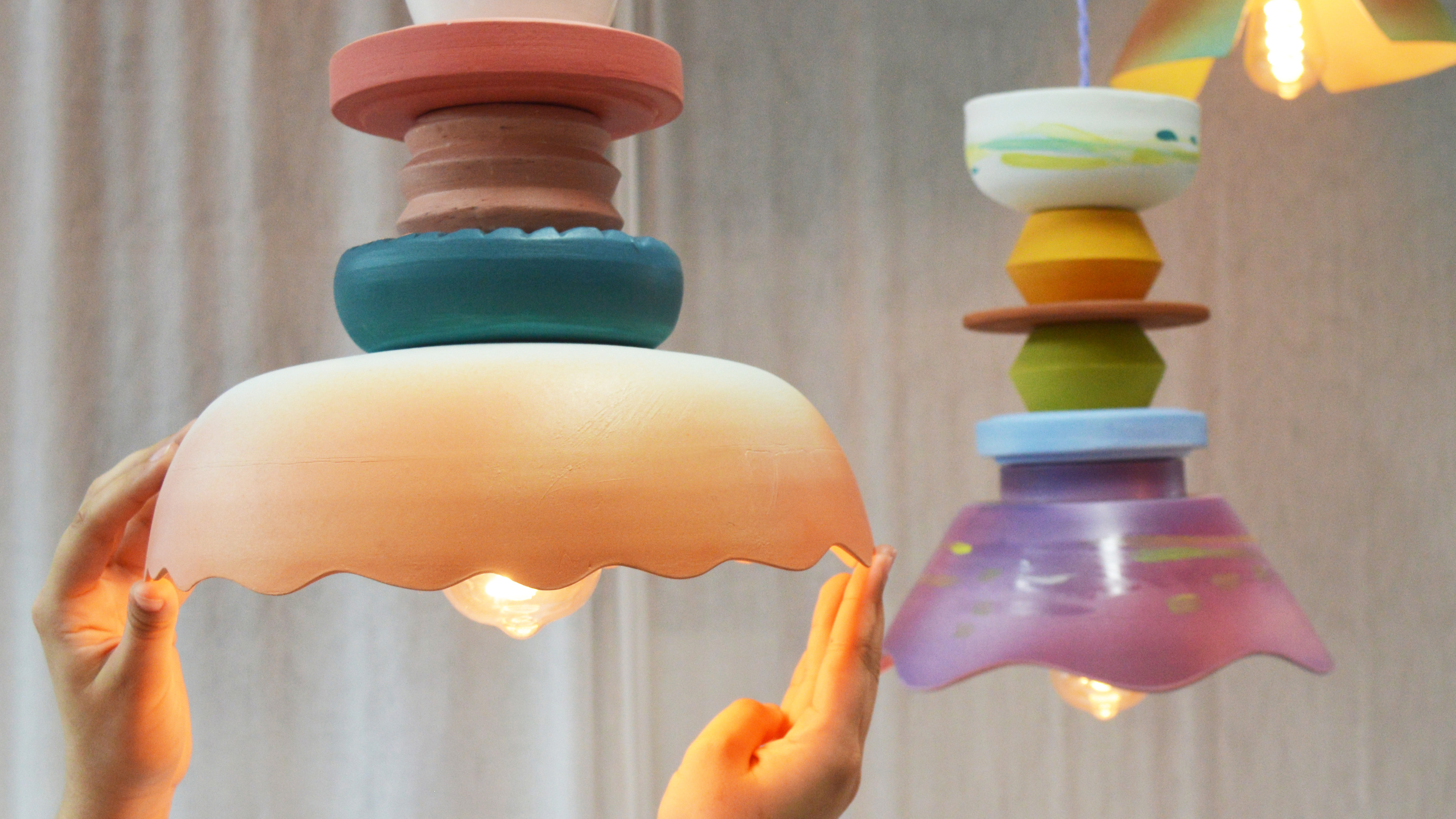 What to see at London Craft Week 2025
What to see at London Craft Week 2025With London Craft Week just around the corner, Wallpaper* rounds up the must-see moments from this year’s programme
By Francesca Perry
-
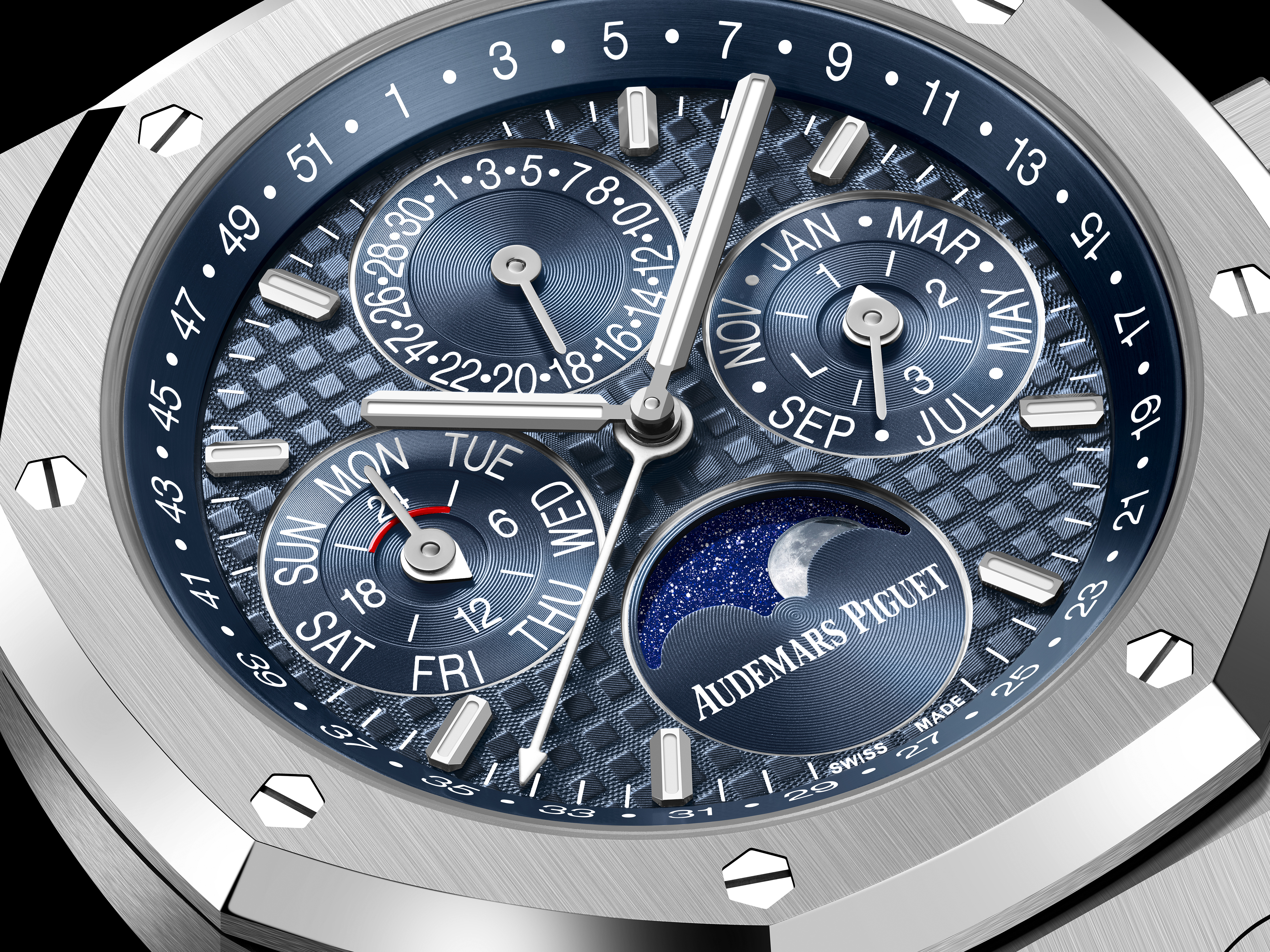 The Audemars Piguet Royal Oak Perpetual Calendar watch solves an age-old watchmaking problem
The Audemars Piguet Royal Oak Perpetual Calendar watch solves an age-old watchmaking problemThis new watch may be highly technical, but it is refreshingly usable
By James Gurney
-
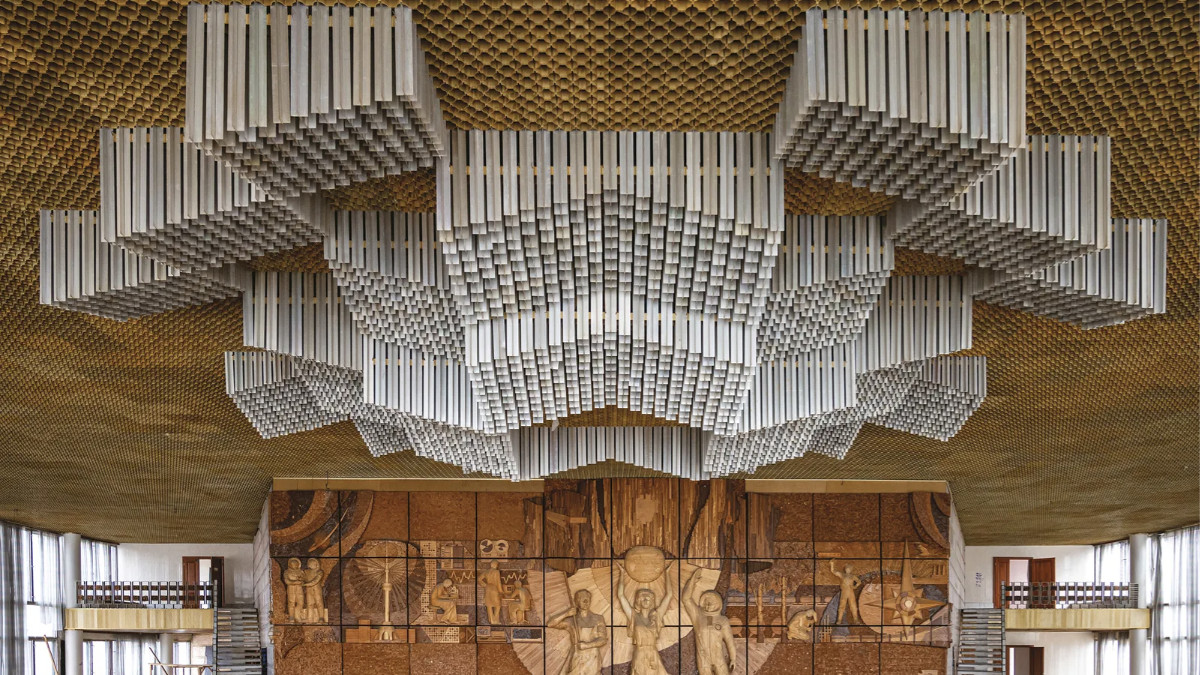 Ukrainian Modernism: a timely but bittersweet survey of the country’s best modern buildings
Ukrainian Modernism: a timely but bittersweet survey of the country’s best modern buildingsNew book ‘Ukrainian Modernism’ captures the country's vanishing modernist architecture, besieged by bombs, big business and the desire for a break with the past
By Jonathan Bell
-
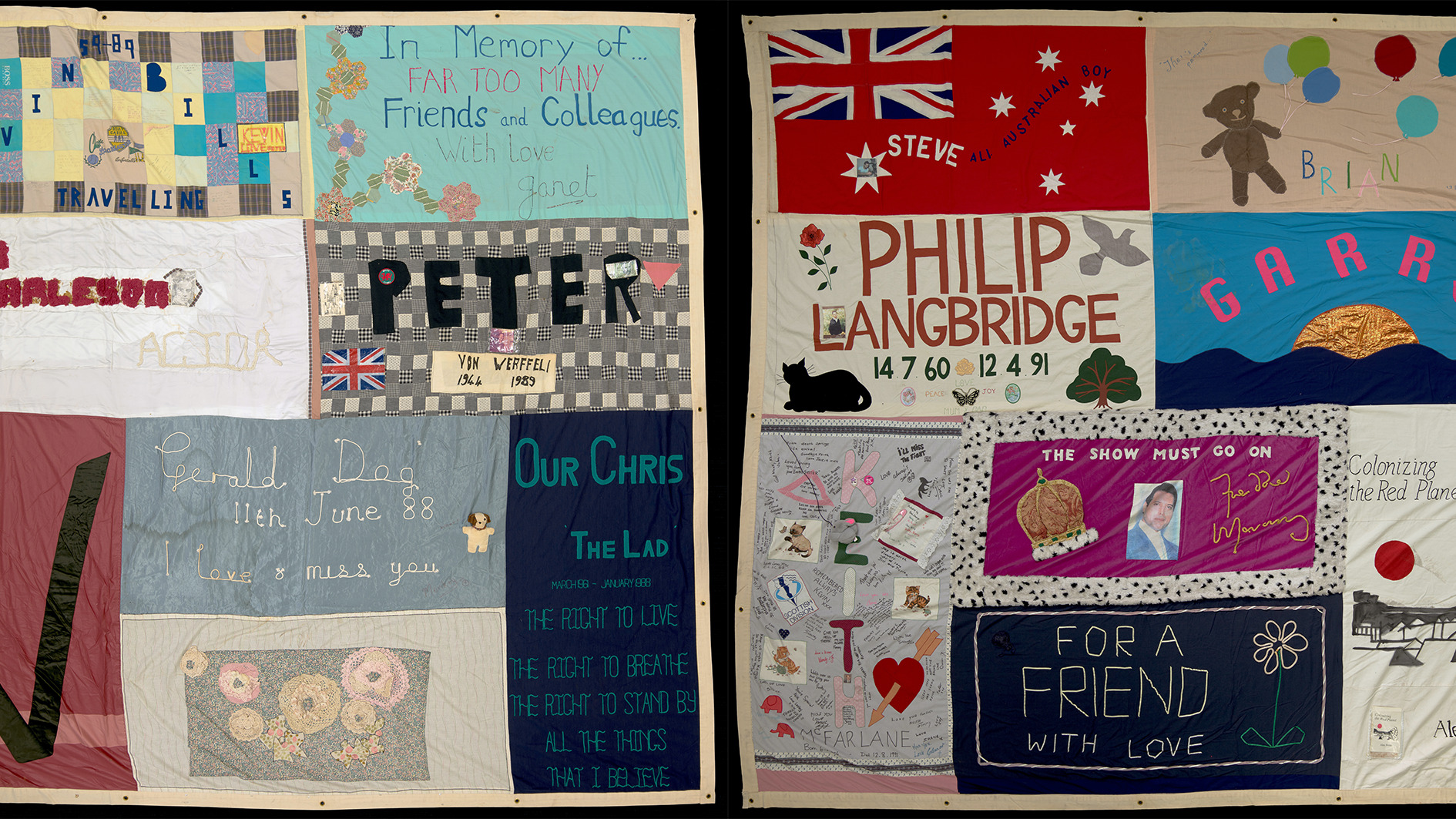 The UK AIDS Memorial Quilt will be shown at Tate Modern
The UK AIDS Memorial Quilt will be shown at Tate ModernThe 42-panel quilt, which commemorates those affected by HIV and AIDS, will be displayed in Tate Modern’s Turbine Hall in June 2025
By Anna Solomon
-
 ‘Humour is foundational’: artist Ella Kruglyanskaya on painting as a ‘highly questionable’ pursuit
‘Humour is foundational’: artist Ella Kruglyanskaya on painting as a ‘highly questionable’ pursuitElla Kruglyanskaya’s exhibition, ‘Shadows’ at Thomas Dane Gallery, is the first in a series of three this year, with openings in Basel and New York to follow
By Hannah Silver
-
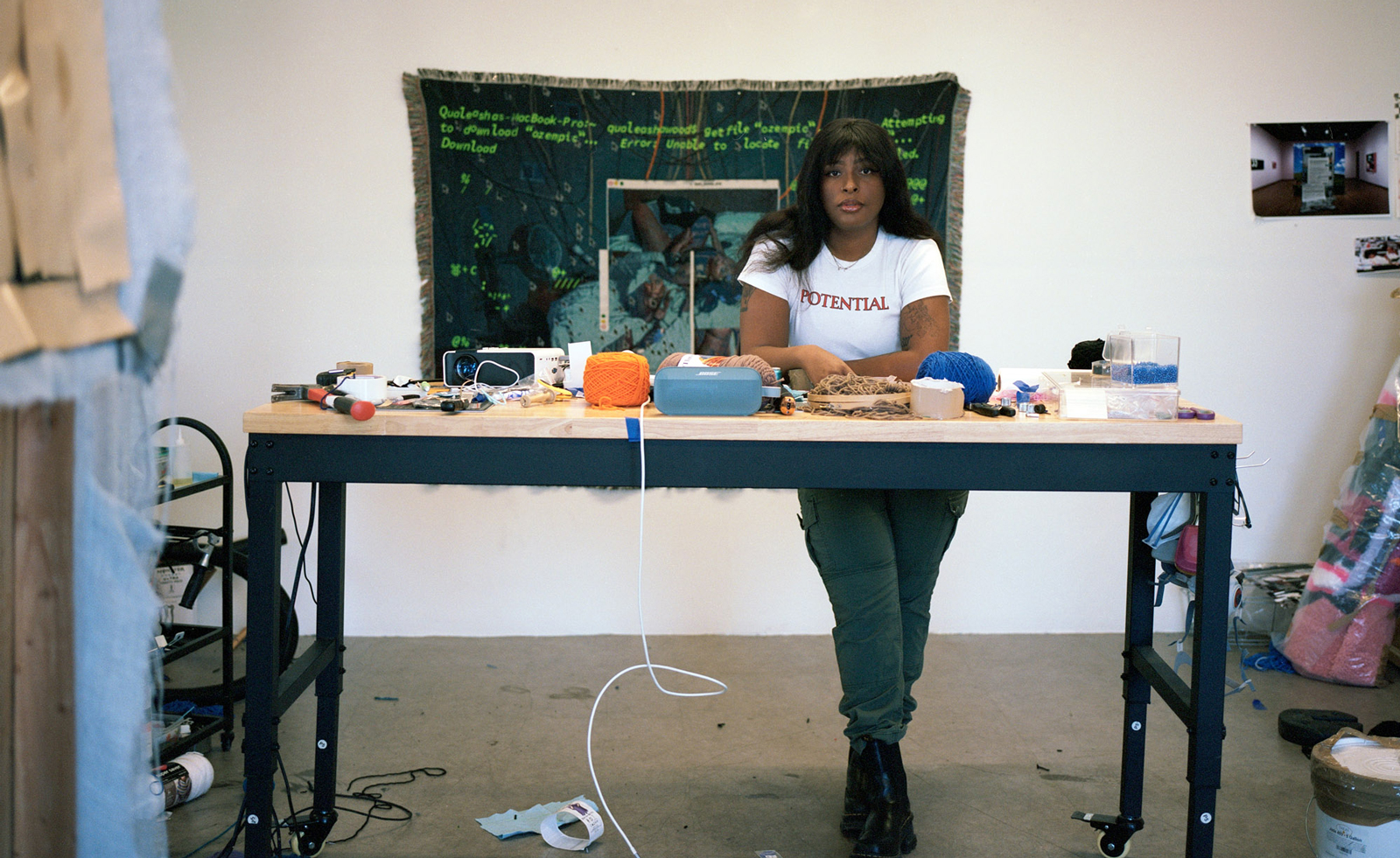 Artist Qualeasha Wood explores the digital glitch to weave stories of the Black female experience
Artist Qualeasha Wood explores the digital glitch to weave stories of the Black female experienceIn ‘Malware’, her new London exhibition at Pippy Houldsworth Gallery, the American artist’s tapestries, tuftings and videos delve into the world of internet malfunction
By Hannah Silver
-
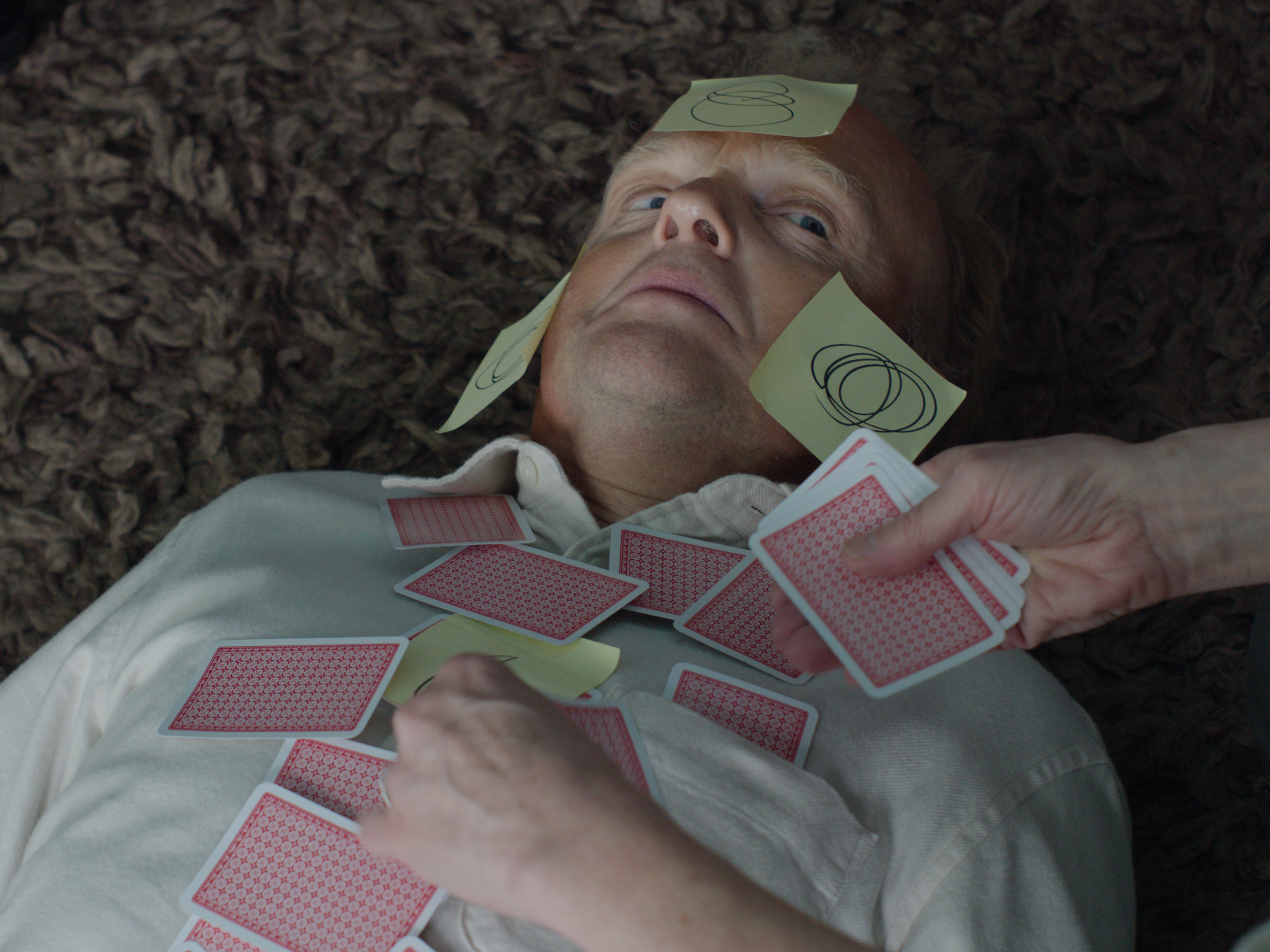 Ed Atkins confronts death at Tate Britain
Ed Atkins confronts death at Tate BritainIn his new London exhibition, the artist prods at the limits of existence through digital and physical works, including a film starring Toby Jones
By Emily Steer
-
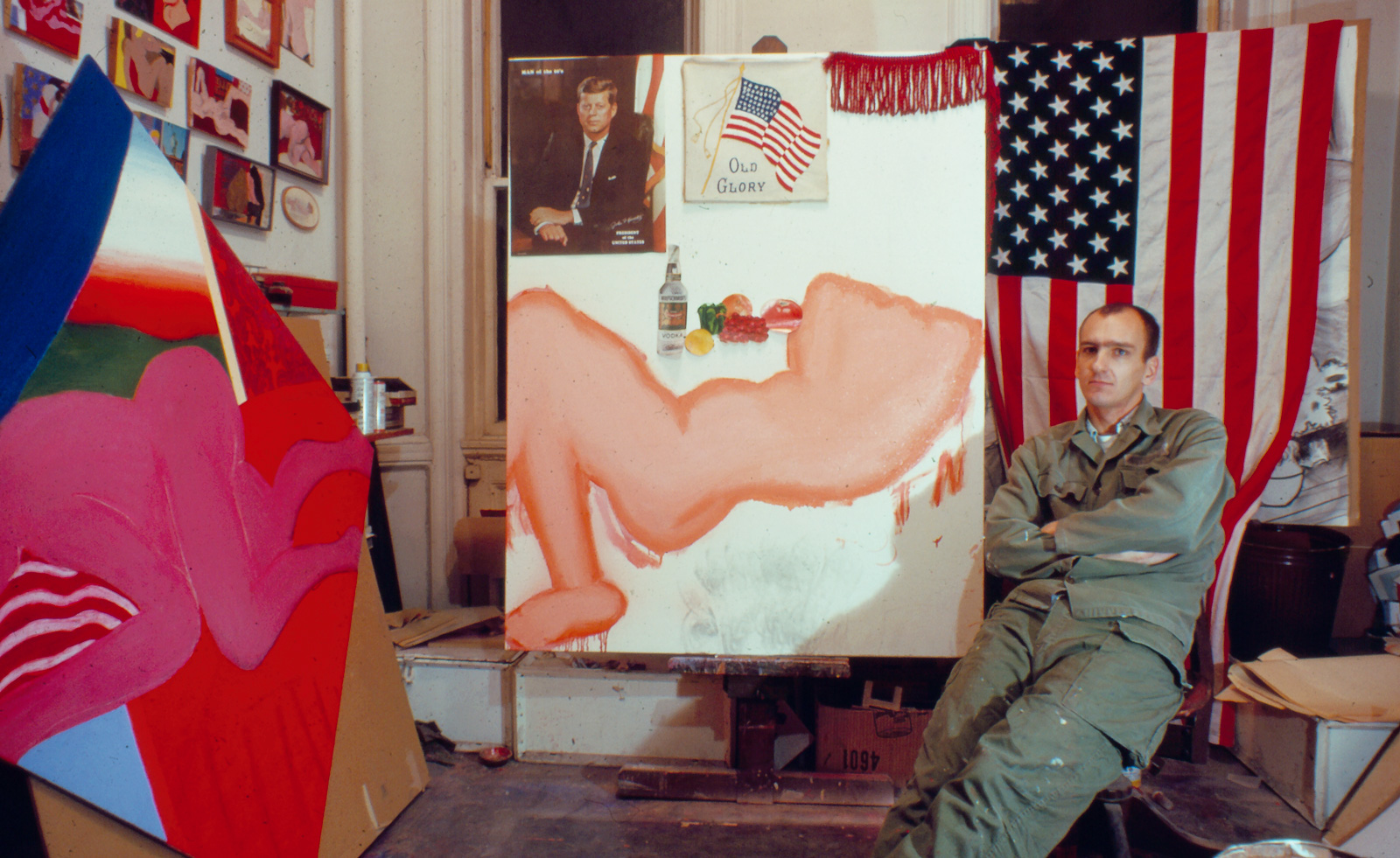 Tom Wesselmann’s 'Up Close' and the anatomy of desire
Tom Wesselmann’s 'Up Close' and the anatomy of desireIn a new exhibition currently on show at Almine Rech in London, Tom Wesselmann challenges the limits of figurative painting
By Sam Moore
-
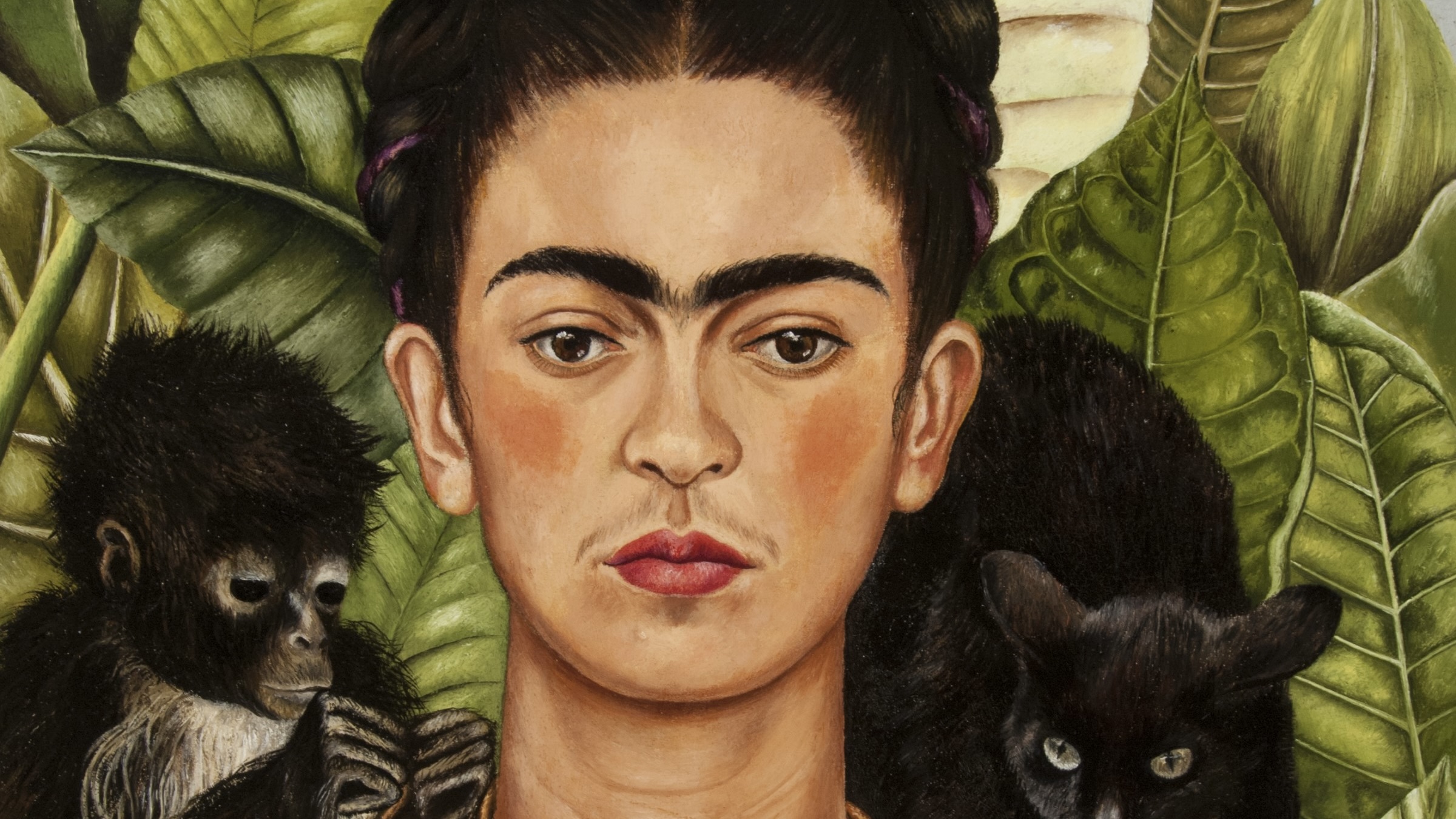 A major Frida Kahlo exhibition is coming to the Tate Modern next year
A major Frida Kahlo exhibition is coming to the Tate Modern next yearTate’s 2026 programme includes 'Frida: The Making of an Icon', which will trace the professional and personal life of countercultural figurehead Frida Kahlo
By Anna Solomon
-
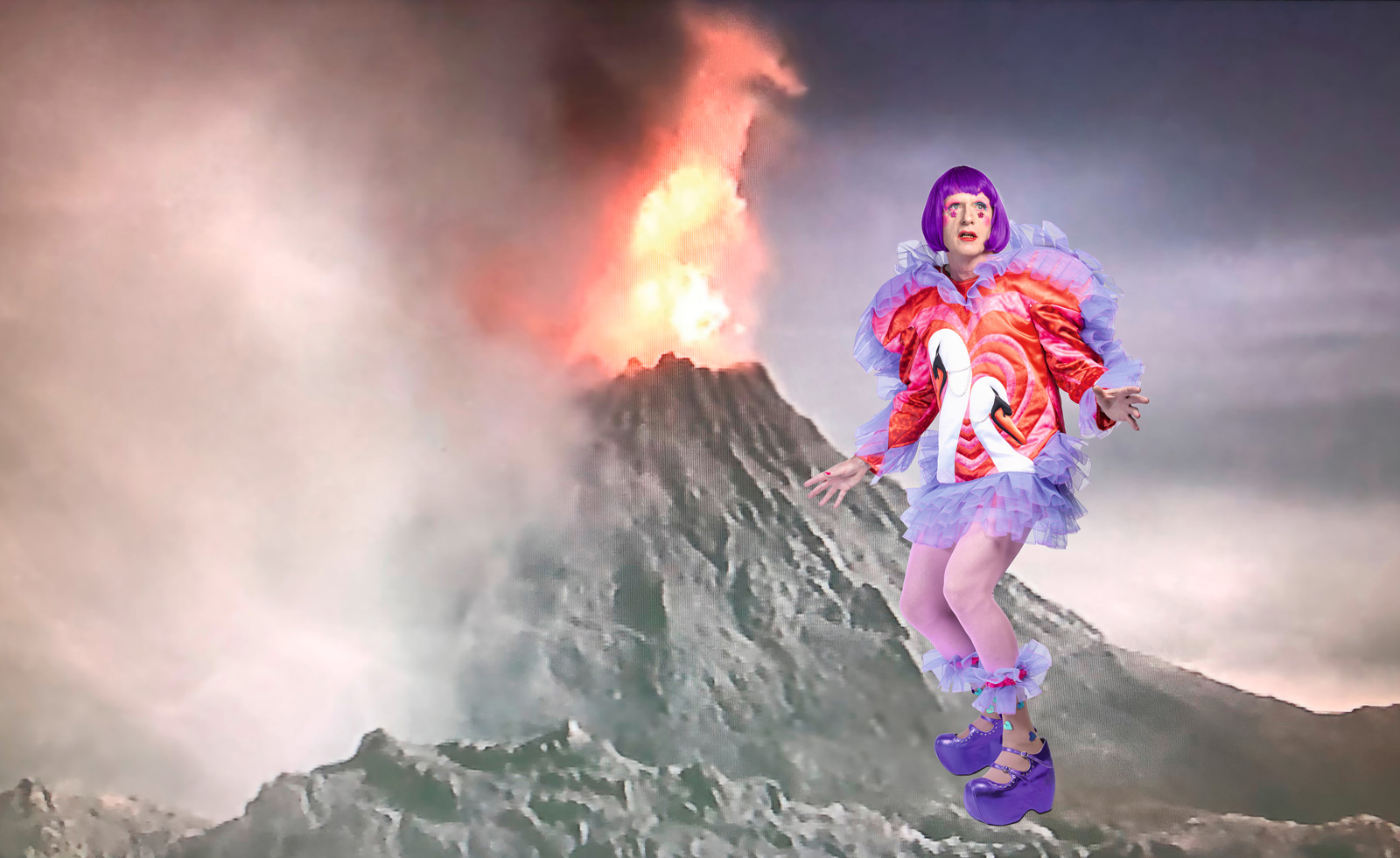 A portrait of the artist: Sotheby’s puts Grayson Perry in the spotlight
A portrait of the artist: Sotheby’s puts Grayson Perry in the spotlightFor more than a decade, photographer Richard Ansett has made Grayson Perry his muse. Now Sotheby’s is staging a selling exhibition of their work
By Hannah Silver
-
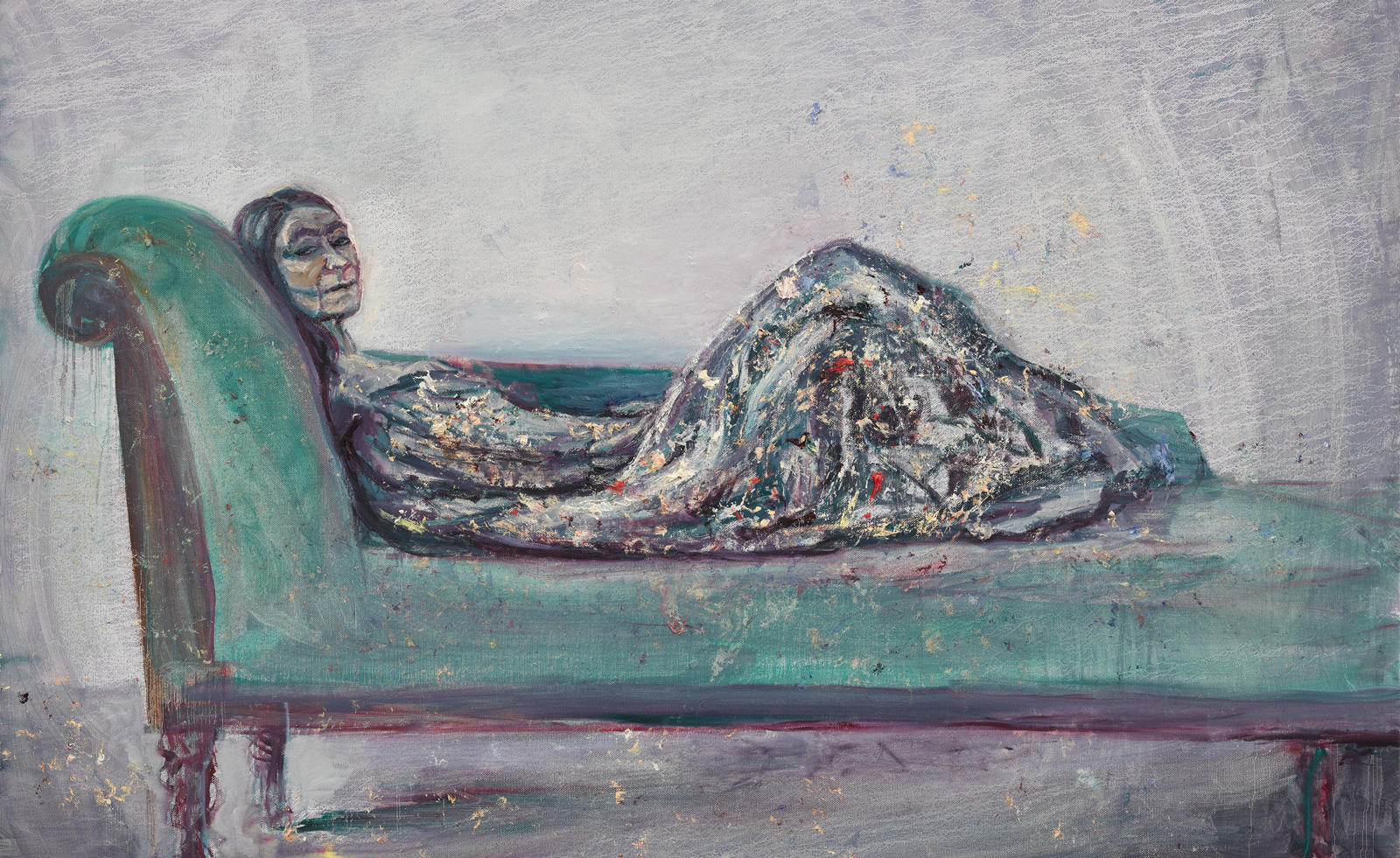 Celia Paul's colony of ghostly apparitions haunts Victoria Miro
Celia Paul's colony of ghostly apparitions haunts Victoria MiroEerie and elegiac new London exhibition ‘Celia Paul: Colony of Ghosts’ is on show at Victoria Miro until 17 April
By Hannah Hutchings-Georgiou